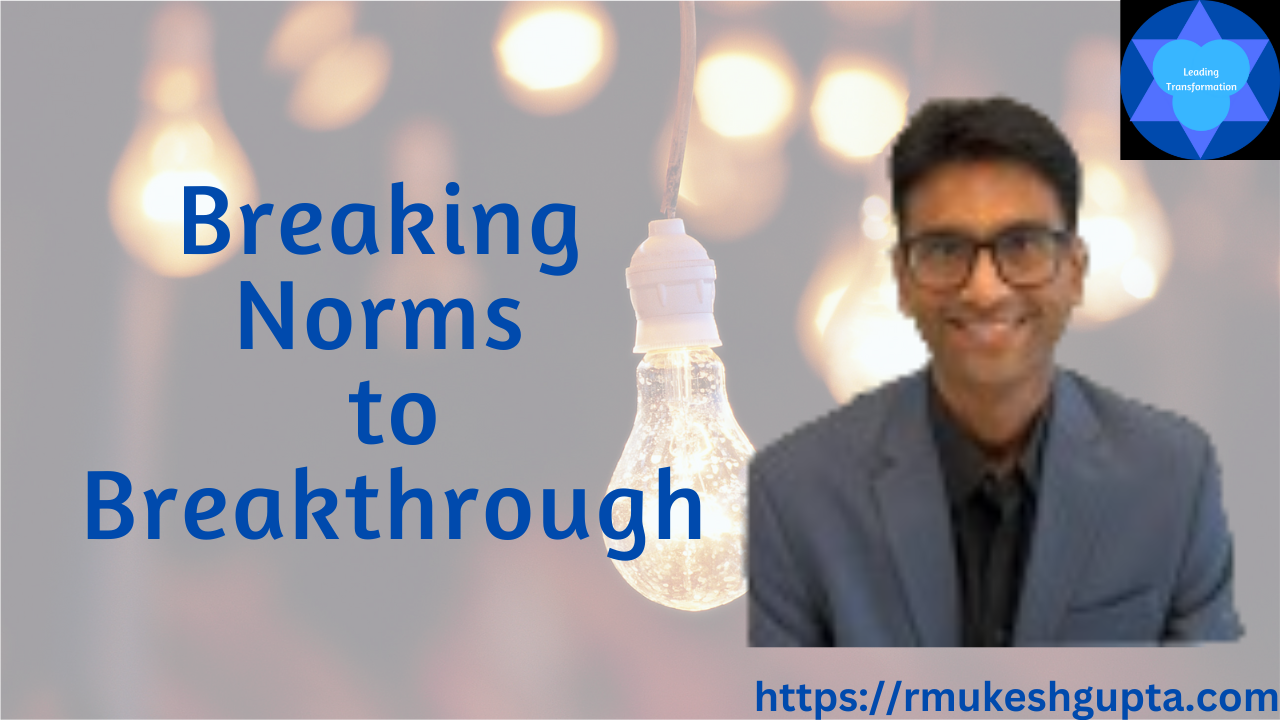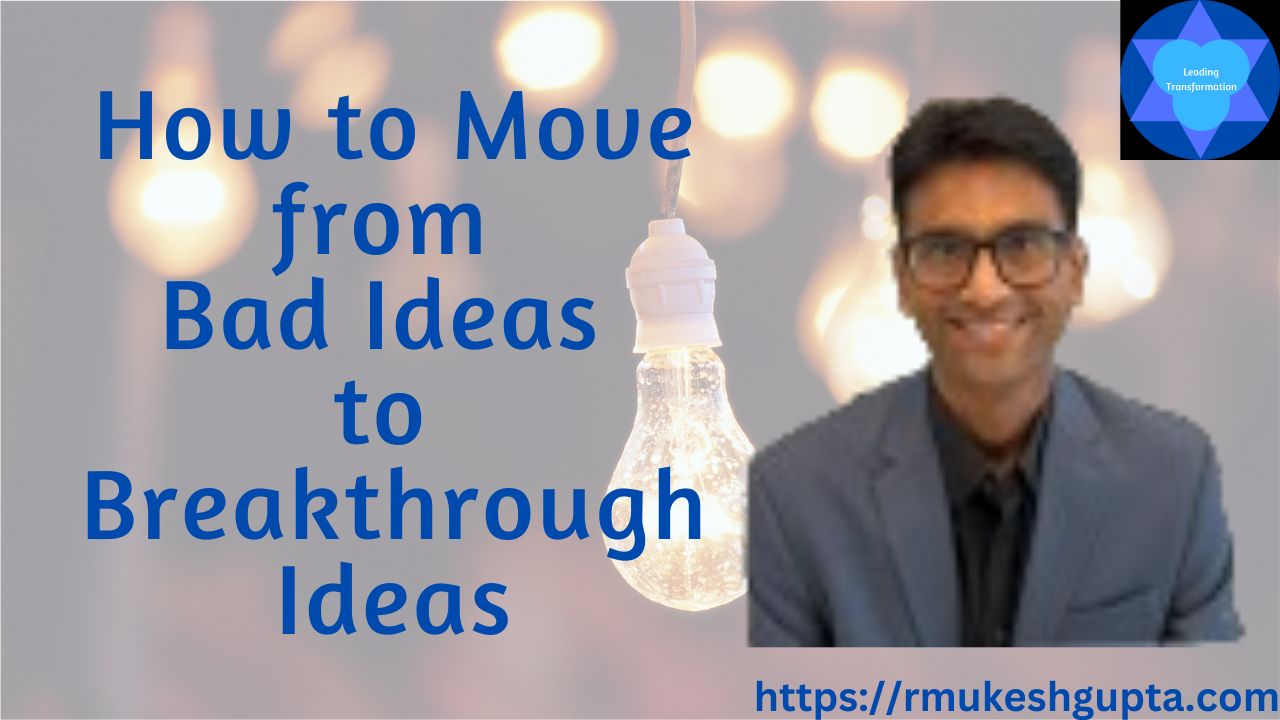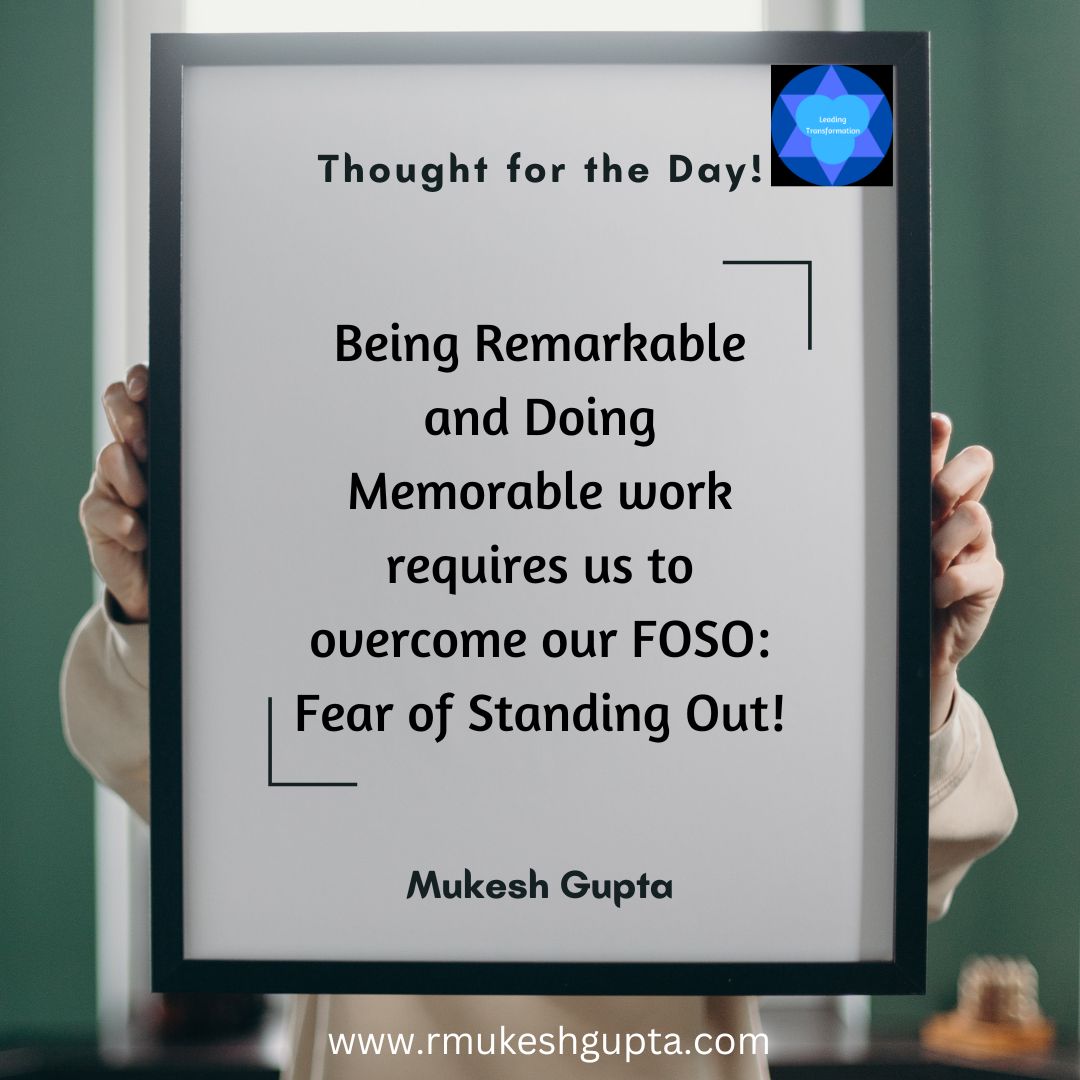This blog is co-authored by Makesh Gupta and Rena Yu Ning Wang, and it is about our journey participating in the SAP.iO journey, with the idea of building a SAP Live Shopping Platform. This was originally posted on the SAP Community blog and has been republished here with permission.
Context:
It was a late Friday evening and I was bored and so I did what I always do when most of us feel bored – pick up the phone and started scrolling through my social media feed – Facebook, instagram and then my latest favorite – TikTok. And something there on TikTok caught my eye. There was this lady selling watches on TikTok. This brought back memories of the good old days when we used to walk into a bazaar and see all kinds of wares being hawked. That’s exactly what this lady was doing – hawking her goods (which happened to be some sort of watches), only she was doing that live on TikTok. For the moment, it seemed interesting and then with as with everything else on social media, I continued to scroll away.
A couple of days later, when I was doing some research on trends in retail (for a meeting I was planning to host for the Retail Industry special interest group that I convene), I stumbled upon a news article about Li Jiaqi and how he sold 15000 lipsticks in a 5 mins live stream (a record of sorts till then). This now caught my eye. I started researching this a bit more and found out that during the pandemic lockdowns, many retailers got their retail associates (specially in china) to keep selling their products using their personal WeChat and other social channels.
The more I read about this trend, the more it felt like this is an important trend playing out and one that has tremendous upside potential. According to a McKinsey article, Live Commerce (or social commerce) sales in China already reached 170 Billion Dollars in 2020 and expected to cross 400 Billion Dollars by 2022. And this is only China. Add to this the Korea, Japan, Singapore, India and the other early adopters of this trend and we can see that this can become. growth engine for retail like none other seen in a long time.
As part of the preparation for the Retail Special Interest Group meeting, I tried to find if SAP has any solution that could enable its customers to ride and benefit from this trend and realised that we didn’t have any thing to offer. It made sense. Most of the sellers on these Live Commerce platforms were individuals or small businesses and they didn’t need this from SAP. The platforms (FaceBook, Instagram or TikTok) were able to satisfy their needs. So, that was that.
It was about a week later, when I was hosting Gunter for a conversation around Low Code, No Code solution that SAP has to offer for the SAP India User group, that I shared this idea with him and see if this could be a use case for developing the app quickly using the Appgyver platform. He liked it and agreed that we can try.
It was at this time that SAP launched a cohort for the SAP.io program. This program was designed to find and fund ventures within SAP. When I asked Gunter if this is an idea that we can submit to build as part of the program, he loved the idea. He then shared this thought with Yu Ning (Rena) and connected us. I loved the energy she brought to the idea and we had a word and decided to apply to be part of the SAP.io cohort.
Design Thinking Session:
Our team started discovering our ideas through two rounds of Design Thinking Session following the human-centered approach to innovation, which we used to understand user’s needs, and generating creative ideas. For these Design Thinking sessions, we have invited members from Digital Labs, including designers, developer, and innovation project manager.
We were able to brainstorm together, shared and prioritized our ideas in the first session. We were able to create detailed personas and journey map in the second session.

Market Research:
After deciding our problem statement, our team had done in-depth research on the live shopping platform already existing in the markets. We were able to map them according to the available functionalities on the x-axis, and degree of engagement with the viewer on the y-axis, whether it is public or targeted & exclusive.
On the top left corner, we have observed live shopping platforms such as YouTube Live, Facebook Live, and Instagram live, they are generally very open, public, but include minimum functionality related to upstream transparency. On the bottom left corner there is also Zoom and LinkedIn, which is targeted and exclusive, with no functionality related to supply chain. Mature live shopping platforms such as amazon live, Rakuten live, and Alibaba.com are listed in the top right corner. We can also observed that a lot of start-up such as bambuser, shopify, livescale, are listed in the middle, they are public and contains some degree of upstream transparency.
Even though there are already many live shopping platforms in the market, but most of these established platforms have their own limitations. We see a gap, and a lack of customization in these live shopping experiences. The blue highlighted area, representing where our team saw an opportunity in and decided to focus for our initial MVP.

Problem statement:
Our problem statement was: how might we bring customization of Live Shopping for SAP retailers and customers to create a new sales channel!
User Journey:
Our team has once again finalized our user journey upon selecting the specific problem statement as well as persona. In this storyboard, we can see the whole flow of user journey in the image below.
From this user journey, we are introducing a B2B2C user group. There are two side of the user, enterprise, and viewer. Enterprise will be the customer that is paying money for this platform, they will customize the live shopping service based on their requirement and integrate this to their e-commerce website. During the live shopping session, invited influencer, or sales of the enterprise brand, will introduce the product details to the viewers. Viewers can ask question in the chat and immediately get the response, viewers can also make a purchase during the live shopping session.

UX screen and key features:
We have also designed the UX Screens for both enterprise and viewers. Viewers will see the live directly on enterprise’s website, or they can use a downloaded app to track different live sessions.
Enterprise has their own Live Shopping analytics dashboard, for them to monitor the performance of the live shopping session. Enterprise can prepare the list of products to sell and the corresponding product link, they can see the real time list of order and the warehouse information, real time analysis of total sales, total likes, viewers, and real time performance analytics. Enterprise can also see the real time chat and answer question in the chat. After the live shopping session has been finished, enterprise can come back to this dashboard and see the record of their session and analytics anytime.


Architecture Diagram:

Support:
Special thanks Jay Adnure, Declan Lee, Gunter Albrecht, and Christian Schonauer for being the technical advisors and contributing to our team.
Thanks to Anil Bhaskaran for the feedback and inspiration received throughout the entire SAP.iO Journey. As well as our mentor Yuta Kanbe, Abhinav Singhal, Phipps Xue, and Alexandra Begue, without your support, we wouldn’t able to made this far into the journey.
Feedbacks:
One of the reason for us to write this blog is to reflect on what went well and what could have been done differently. Here is my reflections:
What went well:
- I think we did a good job of validating that the need for the problem to be solved exists. We did that by having conversations with potential customers and with the internal product teams.
- The solution idea was developed keeping mind the strengths of SAP and planning to answer the key question that we were consistently being asked – What is SAP’s right to win?
What could have been done better:
- I think we could have done a better job of helping the jury members understand the scale of the opportunity.
- Though we were not expected to have built anything in this phase, in hindsight, I think having a technical prototype would have helped our case.
- We should have anticipated the fact that the jury might have never experienced LiveCommerce. So, it would have helped our case to show them how LiveCommerce functioned and simply used more of our time to get them to experience it and spent less time on the way we wanted to solve the problem as this would have to change anyway once we started to build it.
- One of the official reasons we got from the jury was that they felt that the time to market would be long and SAP might benefit more from a partnering strategy rather than creating the solution in house.
Learning:
Personally, I learnt a lot from the process.Here are my key learnings about Corporate Venture programs: I learnt first-hand, how the corporate venture process functions – both its strengths and flaws.
The success or failure of the corporate venture program lies in the way the ideas are evaluated. In the startup world, a VC not giving the funding to a startup idea, does not necessarily lead to the team to stop working on the idea. However, in a corporate venture program, that is exactly what happens.
Rejection of an idea, almost always leads to the teams to stop working on the idea, irrespective of how much potential the idea might have had. So, instead of rejecting the idea, the programs would benefit a lot from using a “can if” mindset. Which means that instead of rejecting an idea, they can ask the teams that they can continue to work on the project if, they are able to do 1, 2 or 3 and set up another milestone to check in with the teams. At least some teams, which are passionate about the problems that they are working on, might be willing to continue their work. As I have written earlier, creative and breakthrough ideas are not easy to accept in a corporate environment.
The 5 mins to pitch and 5 mins for Q&A might be a great model for consumer ideas or when the jury members fully understand the context of the idea or the problem being presented. If they don’t understand the context, truly creative or breakthrough ideas will not have a chance to succeed. So, ensuring that the people who have been invited to the jury round are well prepped with respect to the context of the various ideas being presented is super critical to get a breakthrough idea (which is the whole purpose of the corporate venture program) through the process.
The program could benefit even better, if the jury is a mixed jury – some people from the industry or the Line-of-business where the idea could fit and who understand the context and some from the venture program team itself, who understand the venture model. I know that this is a lot more work for the venture team but the payoff for this could be significant. IF nothing else, the product teams would get to know people who are deeply thinking about a problem that they themselves are thinking about and the program could then become a talent place from where the product teams can recruit from.
Another area where I think the Intrapreneur team could have done better was to talk about SAP’s product lifecycle – from idea to development to pre-sales to sales to adoption and what the teams working on the different ideas need to keep in mind, specifically with regards to how do you take a product to market and what parts of the SAP organization will they be able to leverage and how. I saw that many teams (specifically those that did not have this insight) struggled on this topic.




